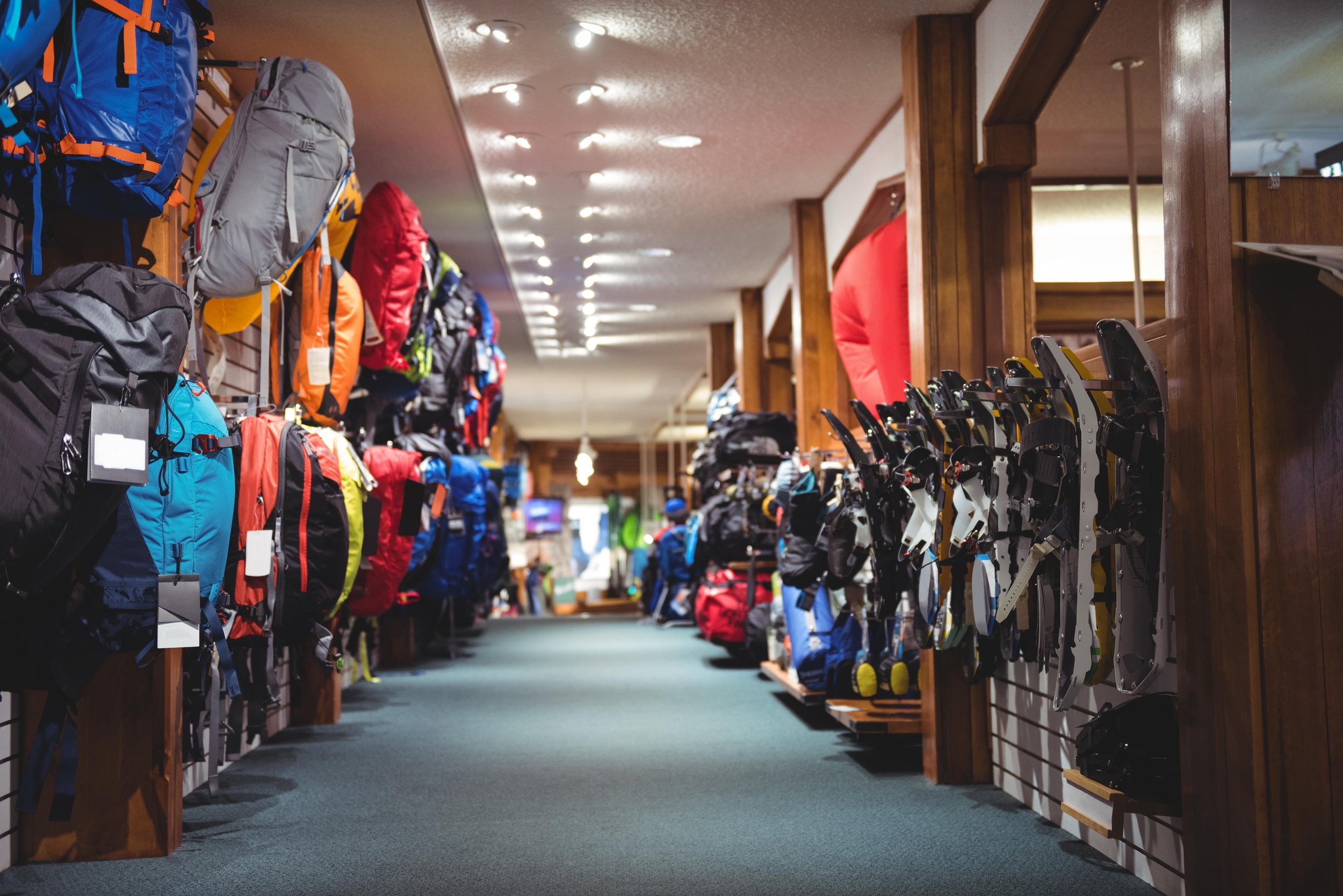
The Higg Index FAQs
The Higg Index offers a comprehensive suite of tools to assess your environmental and social impact, including greenhouse gas emissions, water usage, chemical impacts, and more. As leaders in Higg Index consulting, we're here to help you navigate these assessments effectively. If you have any questions or need further information, please reach out to us. We’re committed to providing the answers you need to succeed with the Higg Index.
Start here
Not sure what the Higg Index even is? Start here.
Learn more
You’ve heard of the Higg Index, but are curious to learn more.
Ask for help
You’re on your way to having your company measured but might need some advice.
Start here.
-
The Higg Index is the leading collection of tools used to measure and manage the environmental and social footprint of a product, a brand or a manufacturing facility. The results of the Higg Index are like a “nutrition label” for fair labor and sustainability.
You can use it to measure greenhouse gas (carbon footprint), water use and pollution, air pollution, chemical impacts, labor impacts and other impacts of creating apparel.
It’s made up of 5 core assessments that accurately determine environmental and social impacts. The 5 assessments are:
Higg Facility Environmental Module (FEM)
Higg Facility Social and Labor Module (FSLM)
Higg Brand and Retail Module (BRM)
Higg Materials Sustainability Index (MSI)
Higg Product Module (PM)
-
The Higg Index is striving to rapidly reduce the environmental and social impacts of the apparel industry. It can measure, manage and reduce impacts from sourcing, creating, and using apparel with the goal being reduced climate impact, more sustainable water use, reduction of harmful chemicals, and creating better and more fair labor conditions.
We are in an environmental crisis and the Higg Index tools can help you get control of your impacts and reduce them rapidly.
-
The Higg Index allows you to quickly, credibly and effectively assess the specific impacts that your brand has on the environment.
The Higg Index also allows you to communicate your successes in environmental impact reduction to your customers.
-
Anyone in the value chain from cradle to grave in the life cycle of apparel products can use the Higg Index tools to assess impact.
Designers, product developers, material developers, sustainability analysts, material and product developers → Higg Materials Sustainable Index (MSI) & Higg Product Module (PM)
Brands and retailers, consumer goods brands, brands and retailers → Higg Brand and Retail Module (BRM)
Manufacturers, mills, factories, material suppliers and other related manufacturing facilities → Higg Facility Environmental Module (FEM) & Higg Facility Social and Labor Module (FSLM)
Governments, NGOs, and consumers
-
The Higg Index refers to the set of 5 tools that you can use to manage and measure your environmental and labor impacts.
The word Higg doesn’t mean anything in particular or stand for anything. When deciding what to call these series of tools, the founders wanted to use a word that was easy to pronounce in most languages. Higg was decided upon with the hopes of becoming a well known word in the sustainability world.
-
The Higg Index started in 2007 when a small group of leaders from the outdoor industry created an early sustainability assessment tool called the Eco Index. Snaplinc’s founder, Ammi Borenstein, was one of the people who helped create the earliest versions of the Higg Index in collaboration with people from Patagonia®, REI®, MEC®, Timberland®, Levi’s® and many more.
-
Great question! The supply chain “refers to the system and resources required to move a product or service from supplier to customer” (University of Cambridge). However, this doesn’t take into account many of the stakeholders involved and the value that is added by these other actors. This value can come in an ethical or moral sense, in an economic sense, or “other non-monetary utility values such as closing material loops, the provision of ecosystem services and added customer value” (University of Cambridge). Another way to think of it is viewing the entire lifecycle of a product.
Learn more.
-
Each module measures different things.
The Higg MSI and PM measure global warming (greenhouse gas), fossil fuel use, water use, water pollution and chemical impacts.
The Higg BRM measures environmental and social impact within environmental management systems, offices, stores, product, packaging, distribution centers, supply chain, transportation, product use, end-of-use.
The Higg FEM measures environmental impact of manufacturing facilities including greenhouse gas emissions (carbon footprint), environmental management systems, energy, water, waste, wastewater, air and chemicals.
The Higg FSLM measures the social impacts of manufacturing facilities including recruitment, hiring, working hours, wages, benefits, employee treatment, employee involvement, health, safety, termination, retrenchment and management systems.
-
The brand new Higg Sustainability Profiles allow you to publicly showcase your environmental improvements in a consistent, credible way. These results are like a “nutrition label” for environmental sustainability and fair labor.
-
All of the Higg Index modules have scoring to be able to share results and create year over year improvement plans.
There is no pass/ fail, only measurements that allow you to identify areas of impact and reduce them.
-
The Higg Index measurements come from globally recognized databases of impact matched with brand, mill and facility self-reporting.
-
The Higg Index facility modules (FEM and FSLM) start with self reporting and then require verification. The Higg Index verification is conducted by 3rd party verification bodies listed here who confirm the accuracy of the self assessment. The verified scores are considered to be highly reliable and credible.
The Higg Index Product Tools (MSI and PM) are based on globally recognized databases of sustainability information and are considered to be highly reliable.
-
There are many! Visit our Sustainability ABCs page to learn about some.
-
The Higg Index is striving to become the sole assessment that is standardized across all supply chain sustainability assessments. This would mean it would be the main assessment that companies, facilities, brands, and products would use to understand just how sustainable they are and how to achieve a more sustainable future.
-
Depends on how much time and resources you have! Some of the tools have over 500 questions and over 300 pages of guidance documents and can be time consuming. If you need any assistance, feel free to contact us.
-
Yes. The actual price depends on company size and which tools you need.
Ask for help.
You’re ready for the next step for understanding and measuring just how sustainable your business, product, or facility is. Contact us to discuss your options.

